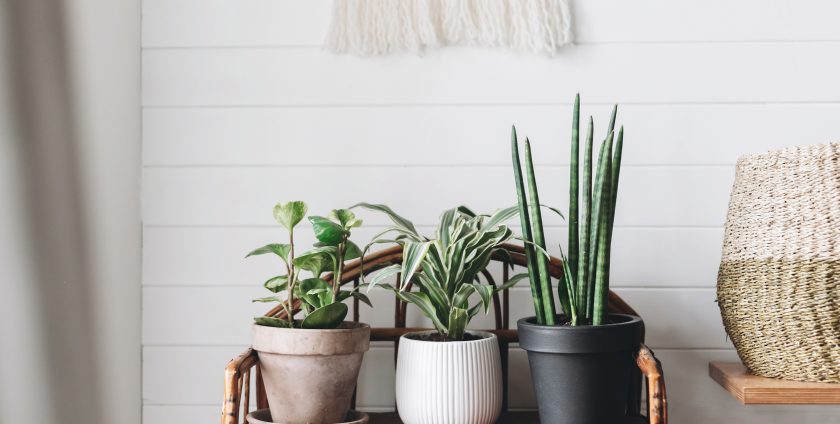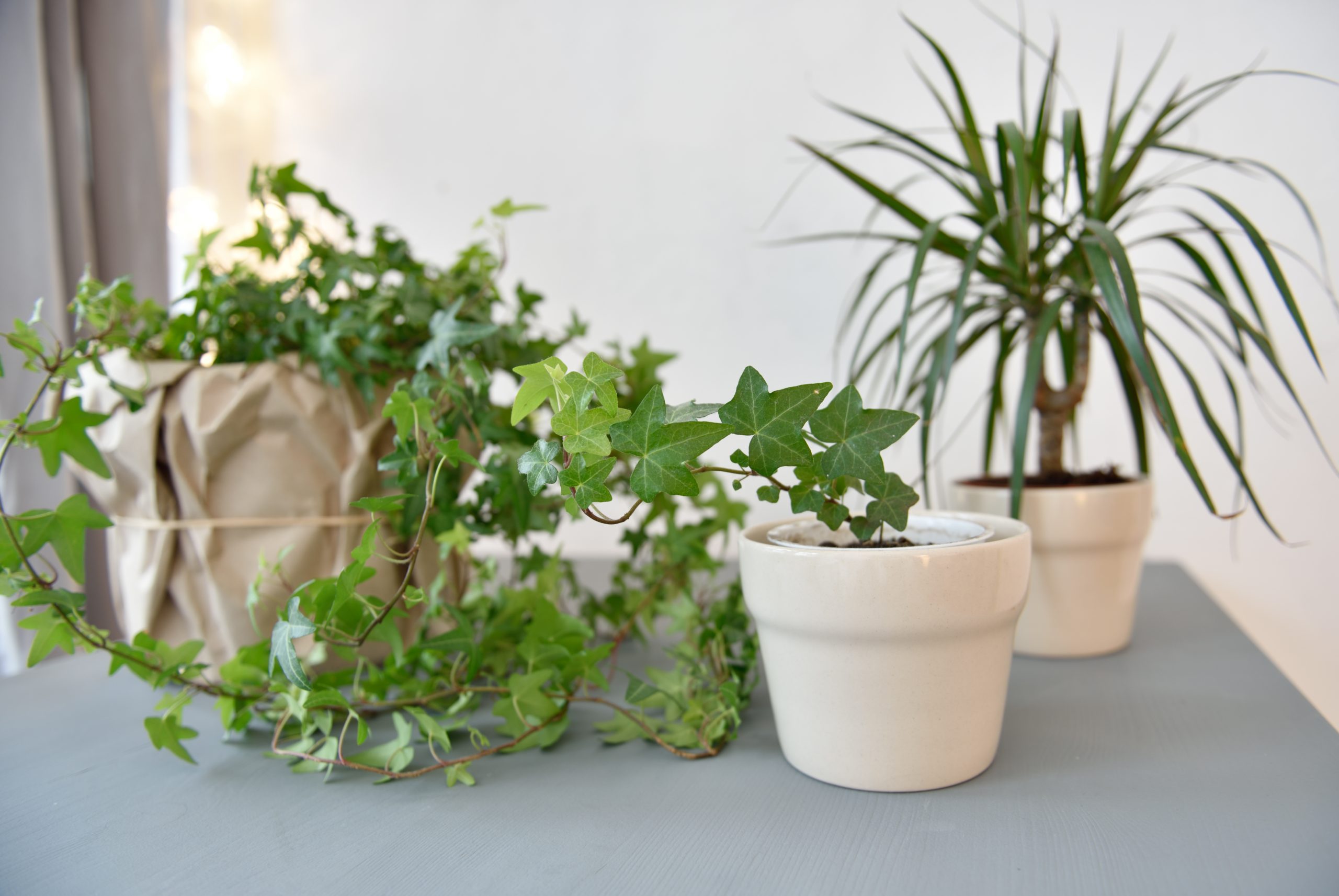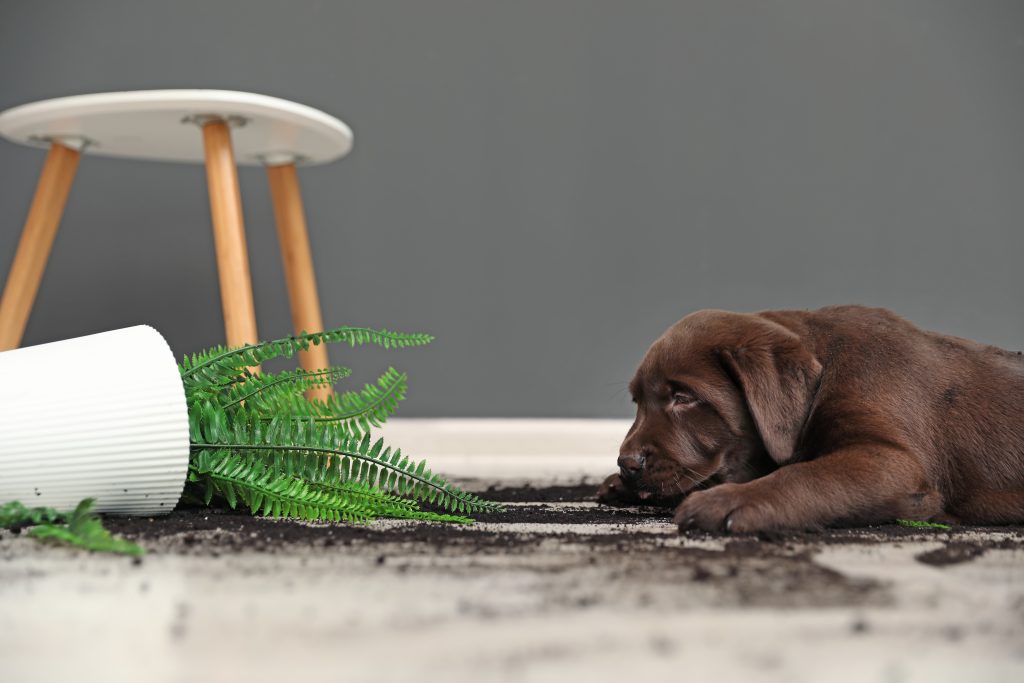Healthy House Plants for Indoor Air Purification and Design

- Tags: Air Purification, air quality, House Plants, Interior Design, Plants, VOCs, ZERO-ADD
- Category: Blog
- 3 responses comment
At LIFECORE, we’re all about indoor air quality, from our ZERO-ADD technology that ensures no formaldehyde is added during our manufacturing process to our numerous air quality certifications. So it’s no surprise we love designing with healthy houseplants.
Best Air Purifying Indoor Plants
For the bathroom, consider English Ivy, which is effective at combating mold and reducing airborne fecal particles. Or, consider the Broad Lady Palm which not only loves humidity but reduces levels of ammonia in the air—a culprit found in a number of household cleaning products.

In the bedroom, go with a snake plant. Not only does it release oxygen at night for a better night’s sleep, this designer favorite filters out a whole host of VOCs, including formaldehyde, xylene, benzene, toluene and trichloroethylene.
If you’re looking for color, in the fall pick up a chrysanthemum, and in the spring try for gerbera daisies. Both excel at removing benzene from the air—a VOC common in dyes, detergents and plastics.
Pet-Safe House Plants that Clean the Air

As beautiful and air friendly as houseplants are, not all of them are pet safe. What plants will give you a boost to clean air without making you worry if Fido will get sick if he happens to take a bite?
Boston Fern is one of our favorites, as it removes more formaldehyde from indoor air than any other plant while also filtering out benzene and xylene. Spider plant removes carbon monoxide and xylene from the air, and it’s pretty easy to take care of, working well potted on the floor or in hanging baskets.
If you like the look of more exotic plants, both bamboo palm and areca palm are pet friendly. The bamboo palm can help remove trichloroethylene (found in many stains, varnishes and adhesives) and benzene, while the areca filters out benzene and toluene (think paint thinners and nail polish remover).
Using House Plants in Interior Design
Once you’ve picked your houseplants, it’s time to style them! Consider placing them on a pillar, stacked next to each other on the floor, and at various heights around the home. Looking for a natural divider for a more open floor plan? A plant wall or long bookshelf full of plants may be just what you’re looking for.
But don’t just keep them out in the main living areas. Plants are a beautiful addition to any bathroom, and for those plants that love humidity, it’s a win-win. Get creative by moving them beyond the sink. Place a plant in the shower or around the tub for a unique look.
Not sure what planters to use? Keep it simple with white or gray pots or consider woven baskets or terra cotta for a natural look. If you really want to make the green pop, go with a black ceramic pot. Don’t worry, no matter what you pick it’s sure to go with your LIFECORE floors.
Don’t forget, if you use a planter with a drainage whole, you’ll want to get a saucer to keep it from leaking onto your hardwoods. But never place that saucer directly on the floors to protect your hardwoods from moisture damage.
Take Your Indoor Air Quality a Step Further
While houseplants are a great way to filter out existing VOCs from your home, remember the products you bring into your home contribute to overall air quality, too. If you’re considering a complete design overhaul or renovation including new floors, be sure to choose a product committed to low VOCs like the LIFECORE Hardwood Collection.
3 Responses to “Healthy House Plants for Indoor Air Purification and Design”
Leave a Reply

Boston Fern is my favorite plant to have inside the house!
Enjoyed reading about the indoor plants for air purification, especially the pet-friendly indoor plants the Boston Fern, bamboo palm and areca palm are they easy to maintain indoors i have tried placing areca plant indoors but i have found form my experience that it cannot be kept indoors completely . i wish to try Boston fern i would welcome if you could give me some tips on its maintenance.
I would like to have some flowers in the house that clean the air and look nice. I’m thinking of spathiflora and Hebe. With this hebe I do not know if it is healthy for the environment. Because it is also a garden decoration. Does anyone know if it’s safe to have them at home too?